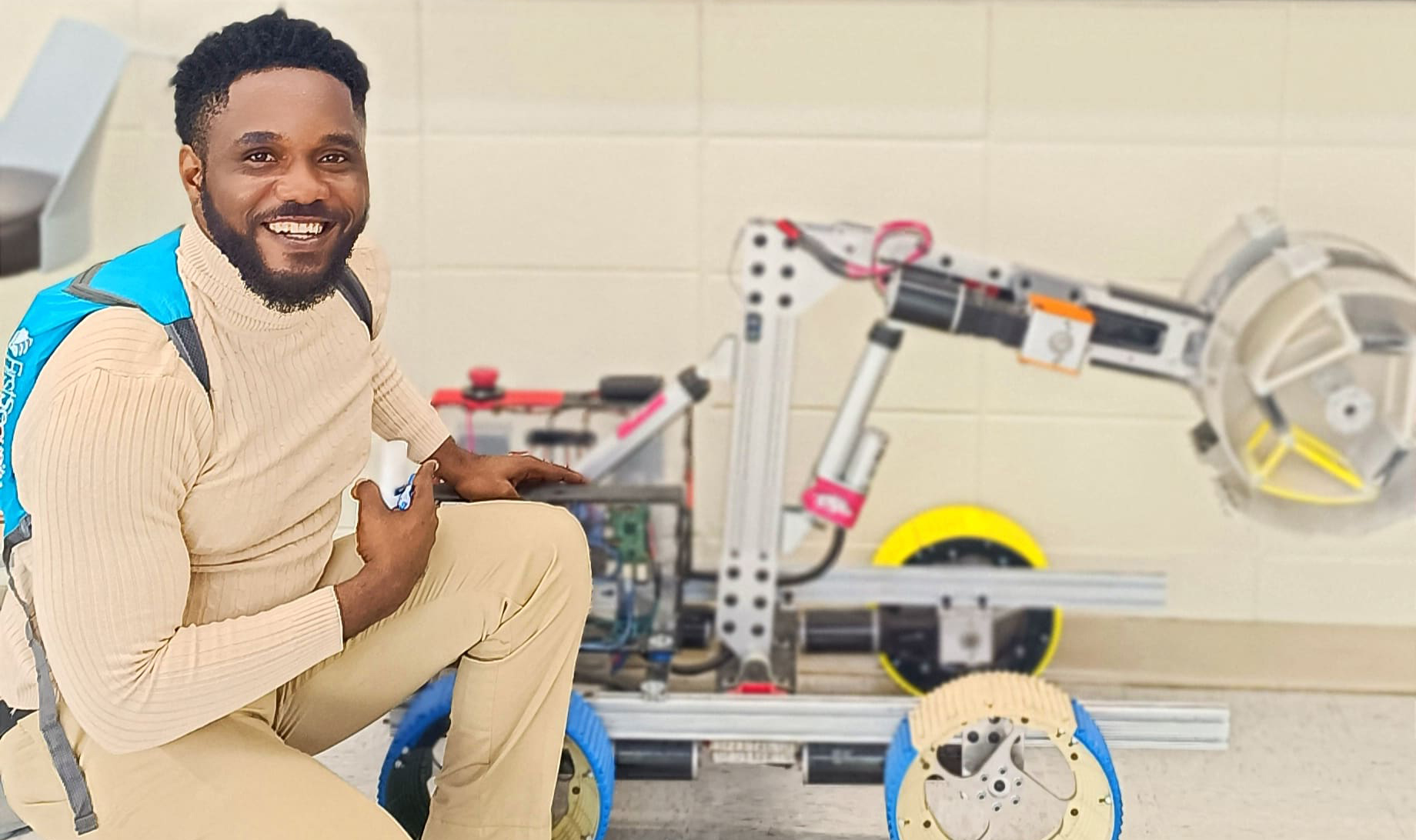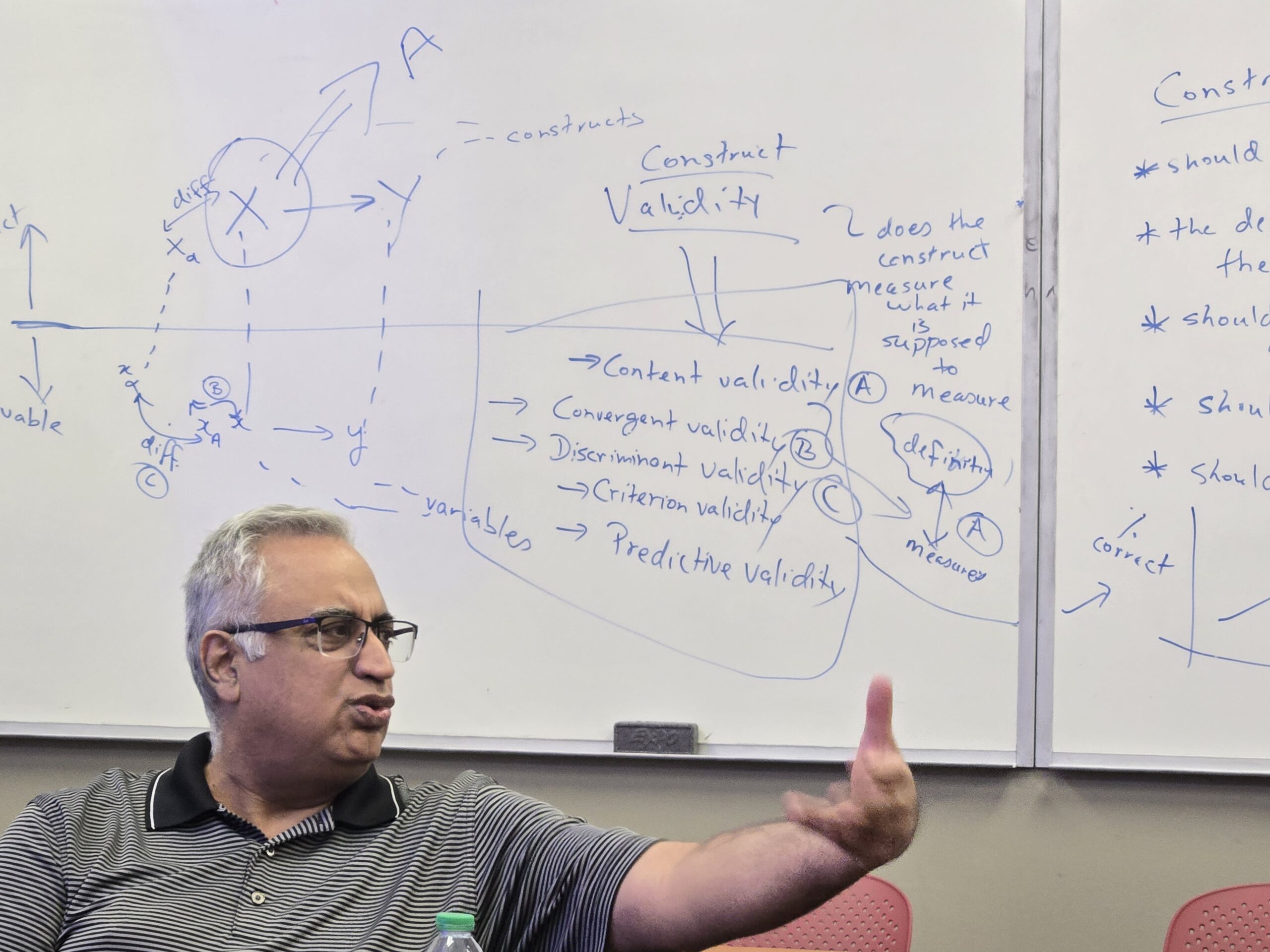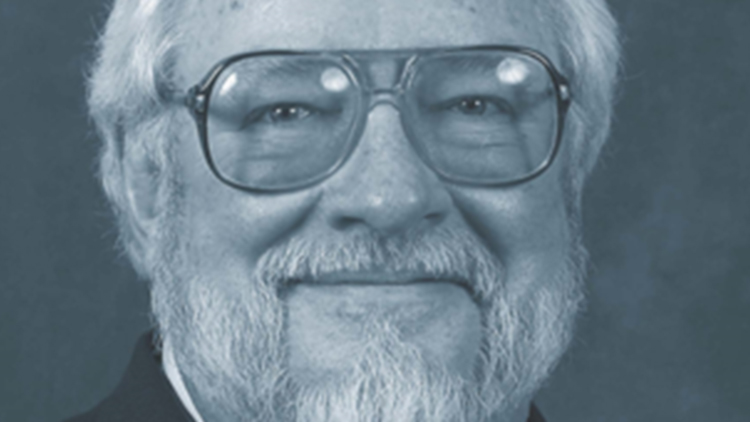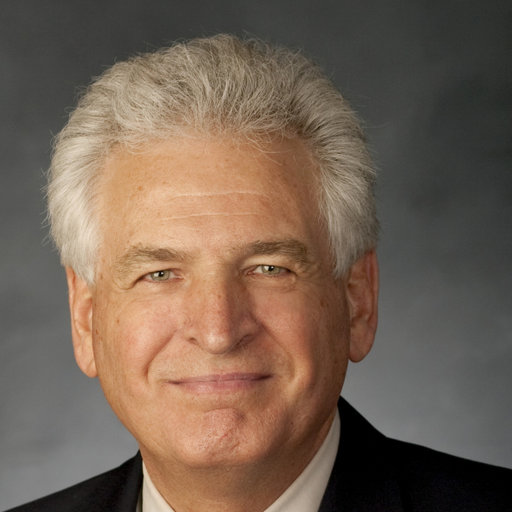Introduction
Critical research is a paradigm that seeks to understand and transform society by unearthing the underlying structures that inhibit individuals and objects from realizing their full potential. Unlike positivism, which focuses on objective reality and measurable phenomena, or interpretivism, which aims to understand subjective meanings and experiences, critical research combines both interpretive and objective approaches to reveal and challenge the systemic constraints embedded within social structures. This article delves into the fundamental assumptions, methodologies, and objectives of critical research, highlighting its significance in addressing societal conflicts and fostering transformative change.
Understanding People’s Social Reality
At the core of critical research is the endeavor to comprehend people’s social reality by getting inside their heads and understanding the meanings they assign to objects and interactions within their environment. Every individual operates within a unique social context, imbued with specific meanings, symbols, and relationships. By exploring these subjective interpretations, researchers can gain insights into how people perceive and navigate their social world.
In interpretivism, researchers often document interviews, observe social contexts, and examine the objects and people that individuals interact with to understand their social reality. However, critical research extends beyond mere interpretation; it seeks to identify and challenge the societal structures that shape and sometimes limit these realities.
The Inherent Assumptions of Critical Research
Critical research is grounded in two fundamental assumptions:
- Potential Constrained by Totality of Factors: People and objects possess inherent potential, but this potential is often restricted by a myriad of societal structures. These structures include institutions, cultural norms, economic systems, and power relations that collectively shape individuals’ abilities to achieve their aspirations.
- Historical Context and Temporality: The constraints on potential are not only multifaceted but also historically rooted. The temporal dimension recognizes that current structures have evolved over time, influenced by historical events, traditions, and past decisions that continue to impact present conditions.
These assumptions emphasize that to understand and address the limitations on human potential, one must consider both the totality of influencing factors and their historical development.
The Role of Societal Structures
Societal structures are the layers of influence that surround individuals and organizations, including government policies, educational systems, labor unions, cultural norms, and economic frameworks. These structures are often deeply embedded and not immediately apparent to those operating within them.
For instance, in a corporate setting, employees may have untapped potential that is constrained by hierarchical organizational structures, rigid policies, or historical practices that discourage innovation and participation. Similarly, an object like an iPad has immense potential in today’s society due to existing technological infrastructures and user familiarity. However, if placed in a different temporal context, such as the year 1879, its potential would be unrealized due to the absence of supporting structures.
Critical researchers aim to reveal these hidden structures that limit potential, understanding that individuals may be unaware of the systemic forces influencing their lives. By uncovering and challenging these constraints, critical research seeks to empower individuals to overcome limitations and realize their potential.
Methods in Critical Research
Critical research employs a combination of interpretive and objective methodologies to investigate societal structures:
- Interpretive Methods: These include ethnographic approaches, interviews, and participant observations that allow researchers to understand individuals’ perspectives and experiences within their social contexts.
- Objective Data Analysis: Critical researchers also utilize quantitative methods, such as longitudinal studies and surveys, to collect data over time. This helps in identifying patterns, measuring constructs, and analyzing changes in societal structures and their effects.
- Historical Analysis: Understanding the temporal dimension requires examining historical records, documents, and accounts to trace the evolution of societal structures and their impact on present conditions.
By integrating these methods, critical researchers can comprehensively analyze the totality and temporality of factors constraining potential, providing a robust foundation for revealing and challenging systemic issues.
The Goals of Critical Research
The primary objectives of critical research are:
- Identifying Conflicts in Societal Structures: By examining the contradictions and limitations within societal frameworks, researchers can pinpoint where and how potential is being suppressed.
- Revealing Hidden Constraints: Through in-depth analysis and interpretation, critical research brings to light the often-unseen structures that inhibit individuals and groups, making these constraints visible and understandable.
- Transforming Society: The ultimate goal is not just to understand but to facilitate change. By revealing systemic issues, critical research empowers individuals and communities to challenge and transform the structures limiting their potential.
Critical researchers often see themselves as social activists, committed to using their findings to promote social justice and equality. They recognize that knowledge production is a means to an end—the transformation of society to enable individuals and objects to realize their full potential.
Examples of Critical Research
Critical Race Theory
One prominent example of critical research in the public discourse is Critical Race Theory (CRT). CRT posits that racism is not merely the product of individual bias but is embedded within legal systems, policies, and societal structures. By analyzing historical and systemic factors, CRT reveals how racial inequalities are maintained and perpetuated over time. The goal is to uncover these ingrained biases and work towards dismantling the structures that uphold them, thereby enabling marginalized groups to achieve their potential.
Differential Use of Technology in Organizations
In her research, Wanda Orlikowski examined how the same point-of-sale (POS) system was utilized differently in two distinct organizational contexts—a craft-oriented organization and a hierarchical one. The craft organization, with a history of participative decision-making and empowerment, used the POS system to further involve employees and enhance their capabilities. In contrast, the hierarchical organization employed the system as a tool for control and domination over employees.
This study highlights how historical and structural contexts influence the adoption and use of technology, affecting employees’ ability to realize their potential. Critical research in this case reveals how underlying organizational structures shape technology use and impact workers’ experiences.
Challenges in Conducting Critical Research
Engaging in critical research presents several challenges:
- Time-Consuming Nature: Comprehensive critical research often requires extensive data collection and analysis over extended periods, including historical examination and longitudinal studies. This makes it less feasible for PhD students or junior faculty who face time constraints and pressure to publish within shorter timeframes.
- Depth of Analysis: Critical research demands a deep understanding of complex societal structures, requiring interdisciplinary knowledge and sophisticated analytical skills.
- Transformative Goals: Aiming to enact societal change adds an additional layer of complexity, as researchers must not only reveal constraints but also engage with stakeholders to promote transformation.
Despite these challenges, understanding critical research is essential for scholars across disciplines. Even if one does not directly engage in critical research, recognizing its principles and methods enriches the broader academic discourse and fosters a more comprehensive understanding of societal dynamics.
Conclusion
Critical research plays a vital role in unveiling the systemic structures that constrain human potential. By combining interpretive and objective methodologies, and considering both the totality and temporality of societal factors, critical researchers aim to reveal hidden constraints and empower individuals and communities to transform their conditions. While challenging to undertake, especially within the confines of academic programs, critical research offers invaluable insights into the complexities of social reality and the possibilities for change.
Understanding the distinctions between positivism, interpretivism, and critical research enriches our approach to inquiry and underscores the multifaceted nature of knowledge production. As society continues to evolve, critical research remains a crucial tool for addressing enduring conflicts, promoting social justice, and enabling all individuals to realize their full potential.










Leave a Reply